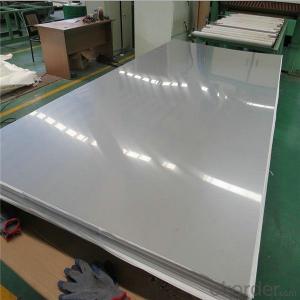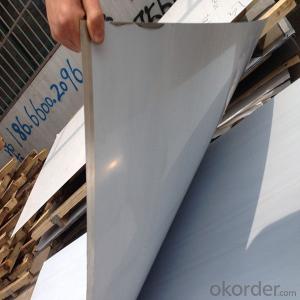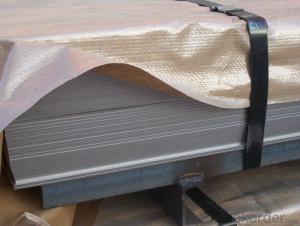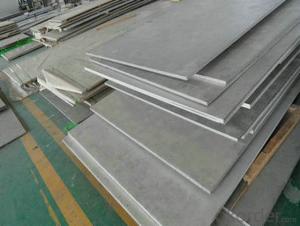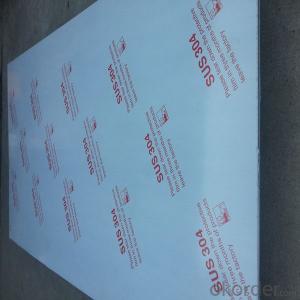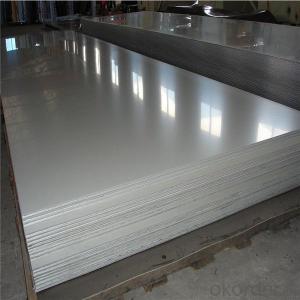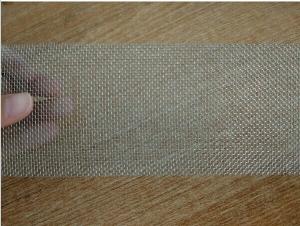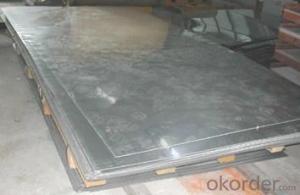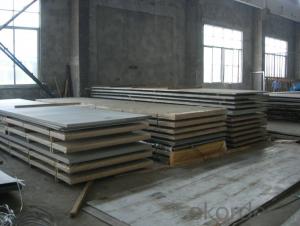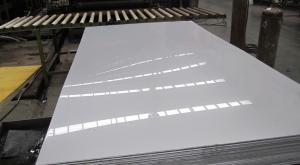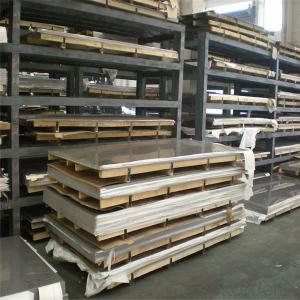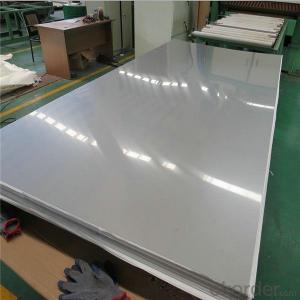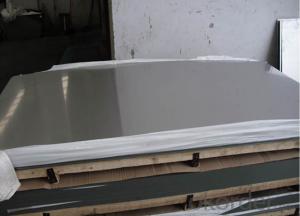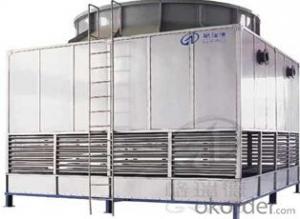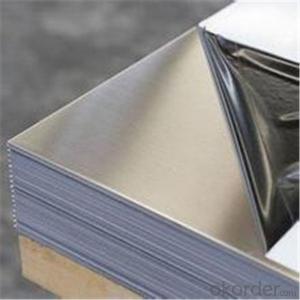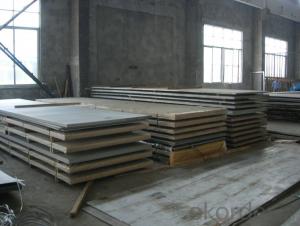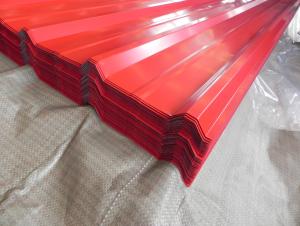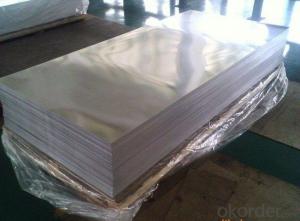Stainless Steel Thickness Chart
Stainless Steel Thickness Chart Related Searches
Stainless Steel Grade Chart Stainless Steel Pipe Chart Stainless Steel Gauge Chart Stainless Steel Price Chart Stainless Steel Grades Chart Grades Of Stainless Steel Chart Stainless Steel Guage Chart Stainless Steel Gauge Thickness Density Of Stainless Steel Stainless Steel Strength Hardness Of Stainless Steel Stainless Steel Hardness Aluminum Plate Thickness Chart Stainless Steel Density Stainless Steel Structure Stainless Steel Mohs Hardness Stainless Steel Tape Measure Stainless Steel Texture Stainless Steel Conductivity Sheet Of Stainless Steel Stainless Steel Yield Strength Grades Of Stainless Steel Stainless Steel Pipe Dimensions Conductivity Of Stainless Steel Stainless Steel Composition Density Stainless Steel Composition Of Stainless Steel Stainless Steel Grade Stainless Steel Pipe Sizes Stainless Steel WeightStainless Steel Thickness Chart Supplier & Manufacturer from China
Stainless Steel Thickness Chart is a comprehensive resource that lists various stainless steel products, including sheets, plates, bars, and tubes, along with their respective thicknesses and dimensions. This chart serves as an essential guide for engineers, architects, and contractors to select the appropriate stainless steel material for their specific projects. The chart covers a wide range of stainless steel grades such as 304, 316, and 430, catering to different applications and requirements.The Stainless Steel Thickness Chart is particularly useful in various industries, such as construction, automotive, aerospace, and food processing, where precise material specifications are crucial for the success of a project. It helps users to determine the right thickness and grade of stainless steel needed for their applications, ensuring durability, corrosion resistance, and optimal performance. By consulting the chart, professionals can make informed decisions and avoid costly mistakes related to material selection.
Okorder.com is a reputable wholesale supplier of Stainless Steel Thickness Chart products, boasting a vast inventory to cater to the diverse needs of customers worldwide. The company is committed to providing high-quality stainless steel materials at competitive prices, ensuring that clients receive the best value for their investment. With a strong focus on customer satisfaction, Okorder.com offers excellent customer service and support, assisting clients in finding the perfect stainless steel solutions for their projects.
Hot Products
